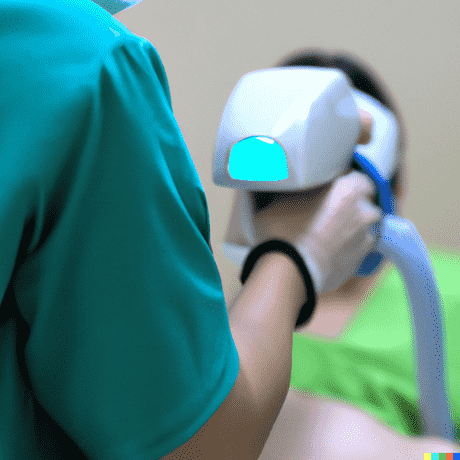Radiation Therapy for Skin Cancer: Effective Treatment Options
Introduction
Skin cancer ranks as one of the most widespread forms of cancer across the globe. Timely diagnosis and intervention are vital in preventing its spread and enhancing the possibility of complete recovery. At JIET Hospital Jodhpur, radiation therapy is a highly effective treatment method for skin cancer patients. This blog post will discuss the role of radiation therapy in skin cancer treatment, explore various radiation therapy techniques, and outline their advantages and potential side effects.
Skin Cancer Explained
Skin cancer develops when abnormal growth in skin cells leads to the formation of a malignant tumor. The most common skin cancer types include basal cell carcinoma, squamous cell carcinoma, and melanoma. The leading cause of skin cancer is exposure to ultraviolet (UV) radiation from sunlight or tanning beds, although genetic factors may also be involved. Routine skin self-examinations and appointments with dermatologists facilitate early detection and intervention.
Radiation Therapy at JIET Hospital: An Overview
Radiation therapy, sometimes called radiotherapy, employs high-energy rays to eradicate cancer cells at JIET Hospital. This non-surgical treatment option serves as the primary treatment for skin cancer patients, especially those who cannot undergo surgery. Alternatively, it can be used as adjuvant therapy after tumor removal surgery to lower the risk of recurrence.
JIET Hospital's Radiation Therapy Techniques for Skin Cancer
External Beam Radiation Therapy (EBRT): The most widely used form of radiation therapy in skin cancer treatment, EBRT involves a linear accelerator machine directing high-energy radiation beams at the tumor site. This allows for customization to target the tumor's specific dimensions, shape, and location.
Brachytherapy: This method involves placing radioactive materials directly on or near the tumor, enabling a higher radiation dose to reach cancer cells while sparing adjacent healthy tissue.
Electron Beam Therapy: Electron beam therapy targets the tumor with a beam of electrons, making it particularly suited for treating skin cancers near the surface as electrons do not penetrate deeply into tissue.
Superficial Radiation Therapy (SRT): SRT employs low-energy radiation to address skin cancers located near the surface, commonly used in the treatment of basal cell carcinoma and squamous cell carcinoma.
Advantages of Skin Cancer Radiation Therapy at JIET Hospital
Radiation therapy offers several benefits in the treatment of skin cancer:
Non-invasive: Unlike surgery, radiation therapy does not involve cutting or removing tissue, making it a less invasive alternative.
Accuracy: State-of-the-art imaging technology enables precise targeting of the tumor, minimizing damage to nearby healthy tissue.
Adaptable: Radiation therapy can be used as a primary treatment or in combination with other treatments, such as surgery or chemotherapy.
Effectiveness: Radiation therapy is successful in treating various skin cancer types, including non-melanoma skin cancers and select melanoma cases.
Potential Side Effects of Radiation Therapy at JIET Hospital
Radiation therapy can cause some side effects, including:
Skin irritation, redness, or peeling at the treatment site
Fatigue
Hair loss in the treated area
Changes in skin color or texture
Most side effects are temporary and can be managed with appropriate care and communication with your healthcare team at JIET Hospital.
Conclusion
At JIET Hospital Jodhpur, Rajasthan, radiation therapy offers skin cancer patients a non-invasive, effective treatment option. With a range of techniques available, treatment plans can be tailored to individual needs, maximizing the chances of successful outcomes while minimizing side effects.


















